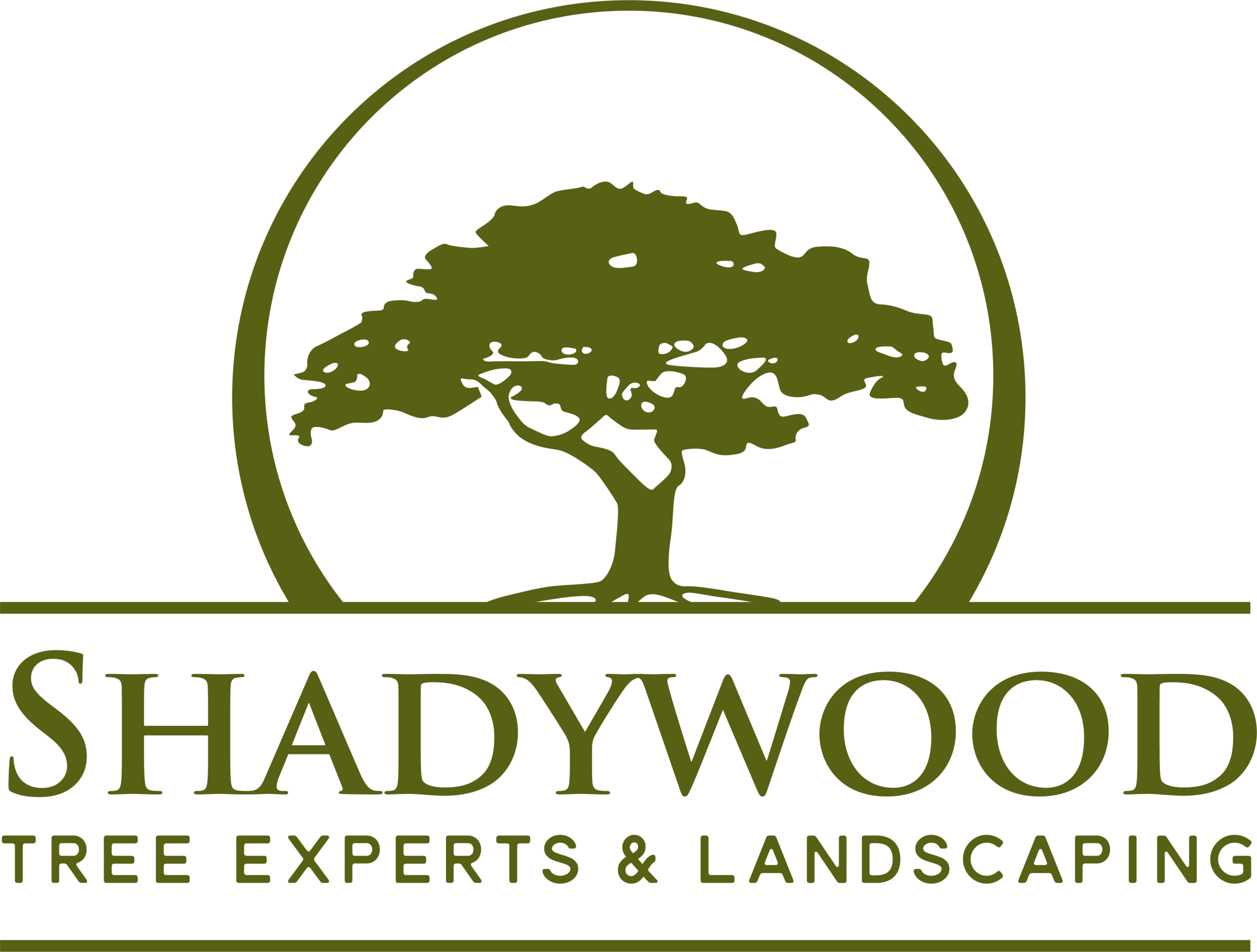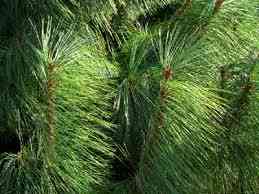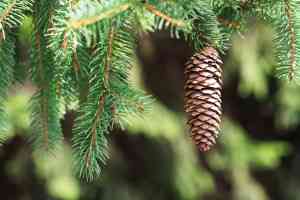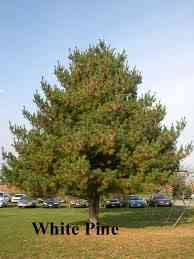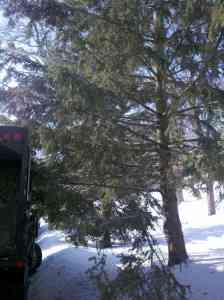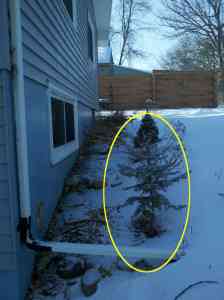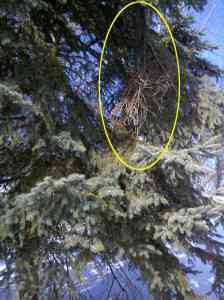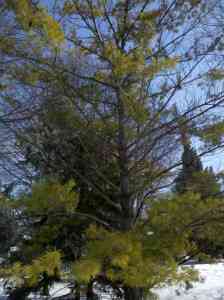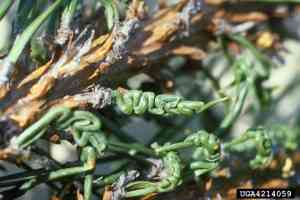What's wrong with my pine tree?
This is a question we get asked from homeowners all the time. There are many factors which can affect the health of pine trees.
These factors are environmental stresses, insects and diseases, age of the tree, herbicides and salt damage. Any one or combination of these factors can have an adverse effect on the health of your tree.
Before I get started I want to clear up one common misconception: all evergreen trees are not pine trees. In a way it's true, but to be more specific the pine family covers a large group of evergreen trees including Spruce, Pine, Fir, Hemlock, and Tamarack.
The two most commonly found in the urban landscape are spruce and pine trees. An easy way to distinguish the two are the length of their needles: spruce trees have shorter needles ½ - 1 inch long while pine trees have longer needles 2 to 4 inches long.
Environmental Stresses: Pine trees planted in the urban landscape undergo significantly more stress than their forest counterparts. Soil compaction, poor soil types, heavy clay soil with poor water drainage and/or drought are a few of the problems urban trees face. The best thing when deciding on a tree to plant is to choose one well suited for the location you are planting in. Some need full sun and others shade, some do well in wet locations and others dry.
Insects and diseases: Pine trees that have become stressed from environmental factors also become susceptible to insects and diseases. Left untreated the symptoms vary from branches dying on the lower portions of the trees, to needles falling off the branches, deformation of the tree, or the tree eventually dying.
Age of the tree: At some point all trees reach the end of their lifespan. This can be noted as a slow decline over many years. The tree starts looking rough, there’s not as much new growth as there once was, branches might die leaving open and bare spots in the canopy.
Herbicide and salt damage
Herbicide and salt damage: There are many types of herbicides used to control weeds in turf. When pine trees are exposed to these chemicals there can be severe consequences. Symptoms can vary from a distortion and twisting of needles, as seen in the photo below, to yellowing of needles and death of the tree. Pine trees planted near roads may be exposed to salt during the winter months. The salt damages needles it comes in contact with, as well as the soil surrounding the tree. We recommend watering to wash the salt away or dilute it.
Summary: There are many factors which can affect the health of pine trees. A combination of one or more factors can have severe consequences to your trees health. As always consult with one of Shadywood Tree Experts’ ISA Certified Arborists to determine the best care and maintenance plan for your trees.
Additional reading http://files.dnr.state.mn.us/assistance/backyard/treecare/forest_health/whitesprucediagnosis.pdf
By David Anderson, ISA Certified Arborist #MN4444A
